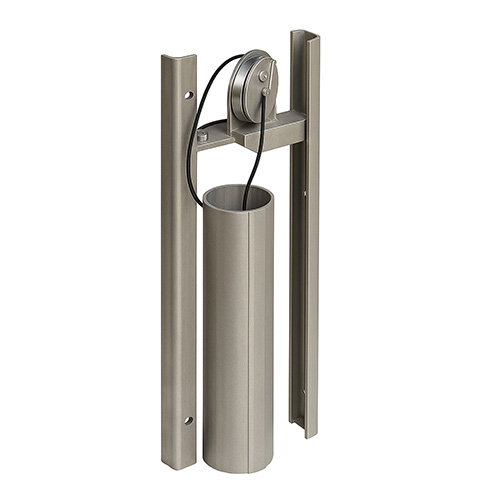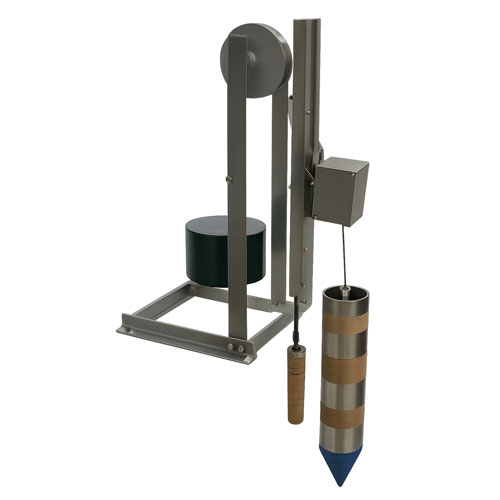Depth wire strain gauge
The surface extensometer measures the relative displacement between two points, up to 30 meters apart, in the landslide area.
The operation of the strain gauge is simple and involves fixing the first end of a rope (tensioned by weights or springs) in a stable part of the area outside the landslide and the other end in the moving area.
The lengthening of the rope, integral with a displacement meter, allows the extent of the displacement caused by the landslide movement to be assessed.
IP68 metal box.
Can be used on early warning system landslide warning systems.
- Technical data sheet:
Depth wire strain gauge






